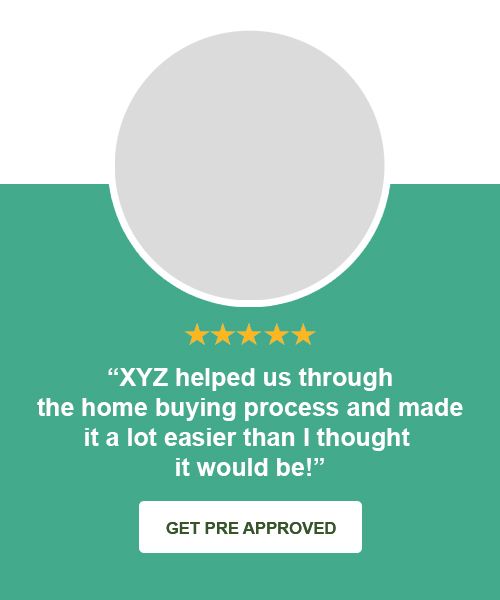
Wet Funding vs Dry Funding, Understanding the Differences in Home Loan Mortgages
Jump To
When it comes to financing a home purchase, understanding the difference between wet funding and dry funding can be crucial. These terms refer to the way in which a home loan mortgage is funded, and each option has its own set of pros and cons. In this article, we’ll take a closer look at wet and dry funding and help you decide which option is right for you.
Wet funding and dry funding are terms used to describe the way in which a home loan mortgage is funded. Wet funding refers to a process where the lender funds the mortgage at the closing of the home purchase. This means that the lender provides the full amount of the mortgage loan to the borrower at the time of closing.
Dry funding, on the other hand, refers to a process where the lender funds the mortgage after the closing of the home purchase. This means that the borrower is responsible for paying the full purchase price of the home at closing, and the lender provides the mortgage loan at a later date.
It’s important for homebuyers to understand the difference between wet and dry funding, as it can affect the overall cost of the mortgage and the timing of the closing process. In the following sections, we’ll delve deeper into the pros and cons of wet and dry funding to help you make an informed decision.
The pros and cons of wet funding
Wet funding is a process where the lender provides the full amount of the mortgage loan to the borrower at the time of closing. This means that the borrower does not need to come up with any additional funds to cover the cost of the mortgage.
Pros of Wet Funding:
- No need to come up with additional funds at closing
- Simplifies the closing process
- Can potentially save money on closing costs
Cons of Wet Funding:
- May require a higher down payment
- May result in a higher overall mortgage cost due to additional fees
The pros and cons of dry funding
Dry funding is a process where the lender provides the mortgage loan to the borrower after the closing of the home purchase. This means that the borrower is responsible for paying the full purchase price of the home at closing.
Pros of Dry Funding:
- Allows for a lower down payment
- May result in a lower overall mortgage cost
Cons of Dry Funding:
- Requires additional funds at closing
- Can complicate the closing process
- May result in additional closing costs
Why you would wet fund or dry fund
When deciding between wet and dry funding, there are a few key factors to consider. These include the amount of money you have available for a down payment, the overall cost of the mortgage, and the timing of the closing process.
- Down Payment: Wet funding may require a higher down payment, as the lender is providing the full amount of the mortgage loan at closing. Dry funding, on the other hand, allows for a lower down payment, as the borrower is responsible for paying the full purchase price of the home at closing.
- Overall Mortgage Cost: Wet funding may result in a higher overall mortgage cost due to additional fees, while dry funding may result in a lower overall mortgage cost.
- Closing Process: Wet funding can simplify the closing process, as the lender is providing the full amount of the mortgage loan at the time of closing. Dry funding, on the other hand, may complicate the closing process and require additional funds at closing.
Ultimately, the right choice for you will depend on your individual circumstances and financial situation. It’s important to carefully consider all of these factors and consult with a mortgage broker or lender to determine which option is best for you.
People Also Ask About Wet and Dry Funding
What states are wet funding states?
Wet funding, or the process of a lender providing the full amount of a home loan mortgage to a borrower at the time of closing, is generally available in all states. However, there may be certain state-specific regulations or requirements that affect the availability of wet funding as an option. For example, in the states of Alaska, Arizona, California, Hawaii, Idaho, Nevada, New Mexico, Oregon, and Washington, there may be certain laws or regulations that limit the use of wet funding in certain circumstances.
Can a loan be denied after funding?
Yes, it is possible for a home loan to be denied after funding. There are several reasons why this could happen, including:
- Change in financial circumstances: If the borrower’s financial circumstances change significantly after the loan has been funded, the lender may decide to deny the loan. For example, if the borrower experiences a significant decrease in income or an increase in debt, the lender may determine that the borrower is no longer able to afford the loan.
- Fraud or misrepresentation: If the borrower has committed fraud or provided false or misleading information on the loan application, the lender may decide to deny the loan.
- Change in property value: If the value of the property decreases significantly after the loan has been funded, the lender may decide to deny the loan.
- Breach of loan terms: If the borrower violates the terms of the loan, such as by failing to make timely payments or by not meeting other obligations, the lender may decide to deny the loan.
- Insufficient collateral: If the borrower’s collateral is insufficient to secure the loan, the lender may decide to deny the loan.
Get A Pre-Approval Today!

Home Mortgage Calculator


Leave a Reply